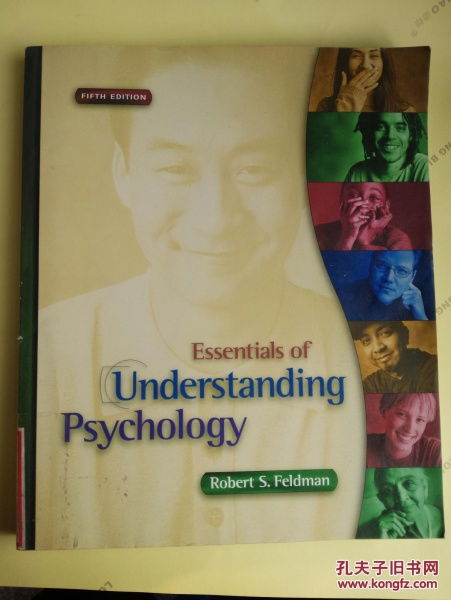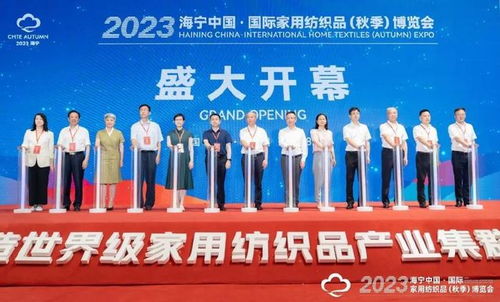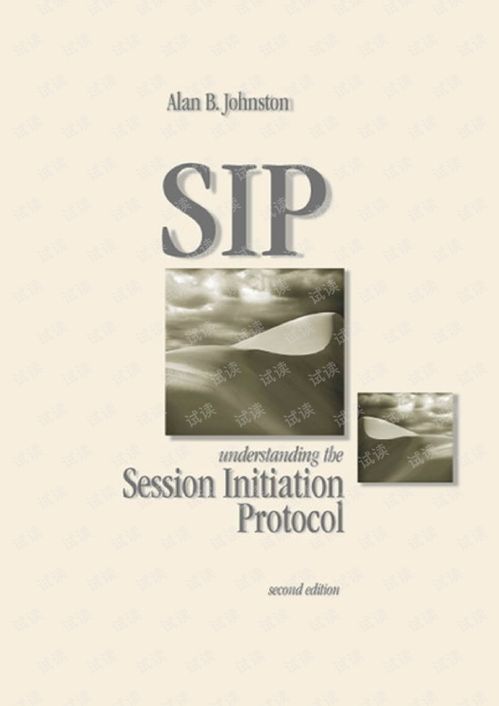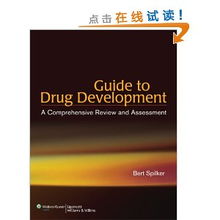Understanding the Essentials of Textile Testing:A Comprehensive Guide
"Understanding the Essentials of Textile Testing: A Comprehensive Guide" is a comprehensive guide to understanding essential aspects of textile testing. The guide provides a detailed overview of various types of textile testing, including tensile testing, elongation testing, and tear testing. It also covers the importance of proper sample preparation, testing equipment, and data interpretation. Additionally, the guide discusses the different types of textile materials and their respective testing requirements. Overall, this guide aims to provide readers with a comprehensive understanding of textile testing and its application in various industries.
Introduction: Textile testing is an essential process in the manufacturing and quality control of textile products. It involves various methods to ensure that the fabric meets specific standards, such as durability, colorfastness, and environmental friendliness. In this guide, we will explore the key aspects of textile testing and provide practical examples to help you understand the importance of these tests.
Part 1: Basic Principles of Textile Testing
1 Functional Testing: This type of testing evaluates the performance of a textile product based on its intended use. For example, the strength and elasticity of a garment are evaluated during functional testing.

| Functional Test | Description |
|---|---|
| Tenacity | Measuring the breaking strength of a textile material |
| Elongation | Determining how much the material can stretch before breaking |
| Resilience | Identifying the ability of a textile to return to its original shape after being stretched |
2 Environmental Testing: These tests assess the impact of a textile product on the environment. For instance, dyeing processes are evaluated for their water pollution potential.
| Environmental Test | Description |
|---|---|
| Dyeing Water Pollution | Assessing the amount of dye used during the dyeing process and its impact on water quality |
| Chemical Residue Testing | Determining any chemicals left on the fabric after washing |
3 Durability Testing: This test measures how well a textile resists wear and tear over time. For example, the lifespan of a carpet is evaluated through durability testing.
| Durability Test | Description |
|---|---|
| Carpet Lifespan Testing | Measuring the number of years a carpet can withstand wear and tear before it needs replacement |
| Weaving Strength | Determining how well a fabric maintains its structure over time |
Part 2: Common Textile Testing Methods
1 Colorfastness Testing: This method ensures that colors remain vibrant and consistent when washed or exposed to sunlight.
| Colorfastness Test | Description |
|---|---|
| CIE Lab* Color Difference | Measuring the change in color between two samples after washing |
| Hunter Color Matching Index (HCM) | Determining the similarity between two colors |
2 Stretchiness Testing: This test measures how much a textile material can be stretched before breaking.
| Stretchiness Test | Description |
|---|---|
| Tenacity Test | Measuring the breaking strength of a textile material |
| Elongation Test | Determining how much a textile material can stretch before breaking |
3 Moisture Absorption Testing: This method assesses how quickly a textile absorbs moisture and releases it after drying.
| Moisture Absorption Test | Description |
|---|---|
| Moisture Uptake Rate | Measuring how quickly a textile material absorbs moisture |
| Moisture Release Rate | Determining how quickly a textile material releases moisture after drying |
Part 3: Practical Examples of Textile Testing
1 Case Study: Textile Product Manufacturer
| Textile Product | Test Type | Results |
|---|---|---|
| Denim Jeans | Functional Testing | High tenacity, good elongation, and high resilience |
| Carpet Tiles | Durability Testing | Long lifespan, good wear resistance, and low chemical residue |
| Wool Sweaters | Environmental Testing | Low dyeing water pollution potential, good chemical residue removal |
2 Case Study: Textile Product Retailer
| Textile Product | Test Type | Results |
|---|---|---|
| Cotton Shirts | Colorfastness Testing | Good color retention after washing, slight color difference between samples |
| Polyester Jackets | Stretchiness Testing | Moderate stretching capability, good recovery after stretching |
| Linen Pants | Moisture Absorption Testing | Good moisture absorption rate, quick moisture release after drying |
Conclusion: Textile testing plays a crucial role in ensuring the quality and longevity of textile products. By understanding the different types of tests and practical examples, you can better appreciate the importance of these tests in the manufacturing process. Remember, thorough testing not only improves product quality but also enhances customer satisfaction and brand reputation.

在日常生活中,纺织品是我们日常生活中不可或缺的一部分,它们不仅用于制作衣物、床单等家居用品,还广泛应用于各种工业领域,对纺织品的质量和性能进行检测是非常重要的,本文将围绕纺织品纺织品检测的主题,从多个方面进行深入探讨。
纺织品检测的重要性
纺织品检测是确保纺织品质量的重要手段,通过检测,可以确保纺织品符合相关标准和法规要求,保证其安全、环保、健康等性能指标符合要求,纺织品检测也是保障消费者权益的重要手段,如果纺织品存在质量问题,消费者有权要求退货、换货等。
纺织品检测的方法和流程
- 外观检测:通过观察纺织品表面、质地、颜色等外观特征来判断其质量。
- 物理性能检测:包括拉伸强度、撕裂强度、耐磨性、缩水率等物理指标的检测。
- 化学性能检测:通过分析纺织品中的化学成分来判断其环保、健康等性能指标。
- 微生物检测:通过检测纺织品中的微生物含量来判断其卫生安全性能。
案例分析
以某品牌纺织品为例,进行案例分析,该品牌在纺织品生产过程中,严格遵守相关标准和法规要求,对每一批次的纺织品进行全面的检测,具体流程如下:
- 外观检测:对纺织品进行全面检查,确保其表面平整、质地均匀、颜色鲜艳。
- 物理性能检测:对纺织品的拉伸强度、撕裂强度、耐磨性等进行测试,确保其符合相关标准和法规要求,该品牌还对缩水率进行了严格控制,以保证其产品的尺寸稳定性。
- 化学性能检测:通过分析纺织品中的化学成分,判断其环保、健康等性能指标,该品牌注重环保和健康性能,采用了环保染料和天然纤维等环保材料,确保其产品的环保和健康性能符合相关标准和法规要求。
- 微生物检测:该品牌对纺织品进行了严格的微生物检测,确保其产品的卫生安全性能符合相关标准和法规要求,该品牌还采用了先进的微生物控制技术,对生产过程中的各个环节进行严格控制,以保证其产品的微生物含量在安全范围内。
检测工具与设备
在纺织品检测过程中,需要使用各种检测工具和设备,以下是一些常用的检测工具和设备:
- 外观检测工具:包括放大镜、尺子、卷尺等。
- 物理性能检测仪器:包括拉力试验机、撕裂试验机、耐磨试验机等。
- 化学成分分析仪器:包括元素分析仪、色谱分析仪等。
- 微生物检测仪器:包括微生物培养箱、PCR仪等。
纺织品纺织品检测是确保纺织品质量的重要手段,通过全面的外观检测、物理性能检测、化学性能检测以及微生物检测等手段,可以确保纺织品的各项性能指标符合相关标准和法规要求,使用先进的检测工具和设备,可以提高检测的准确性和效率,对于纺织品的生产和销售企业来说,加强纺织品检测是非常重要的。
Articles related to the knowledge points of this article:
The Global Landscape of Textile Exports
An Analysis of Hubei Provinces Textile Export Performance
International Textiles Congress 1875:The Birth of Globalization



